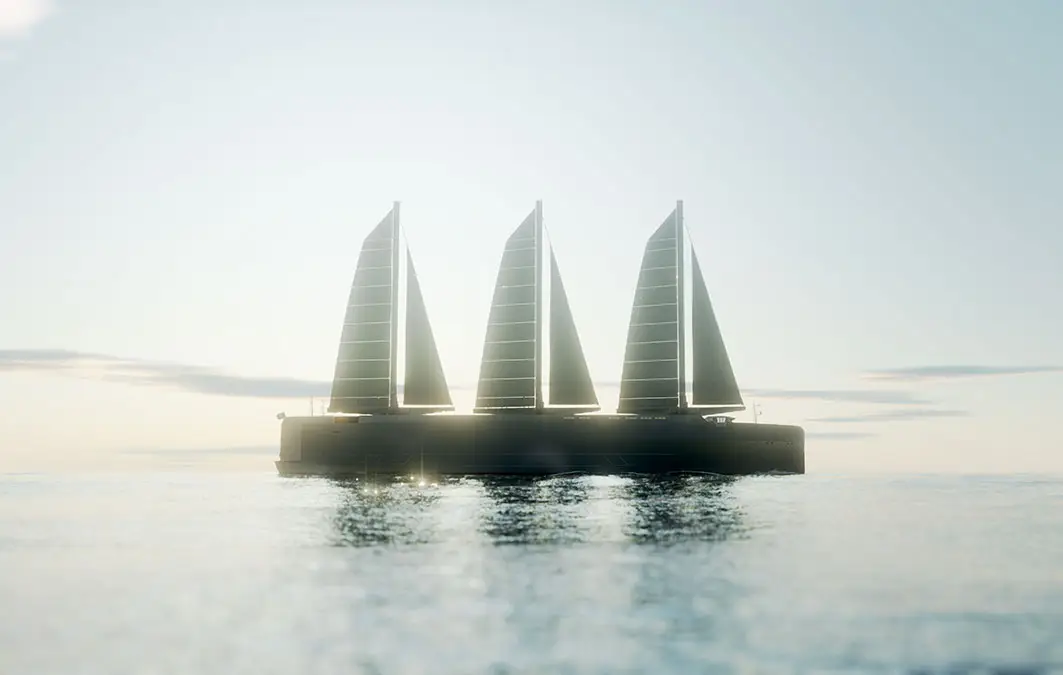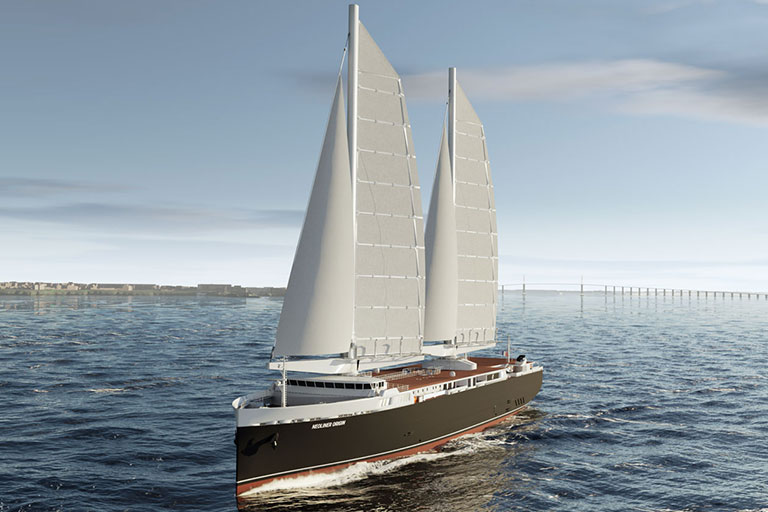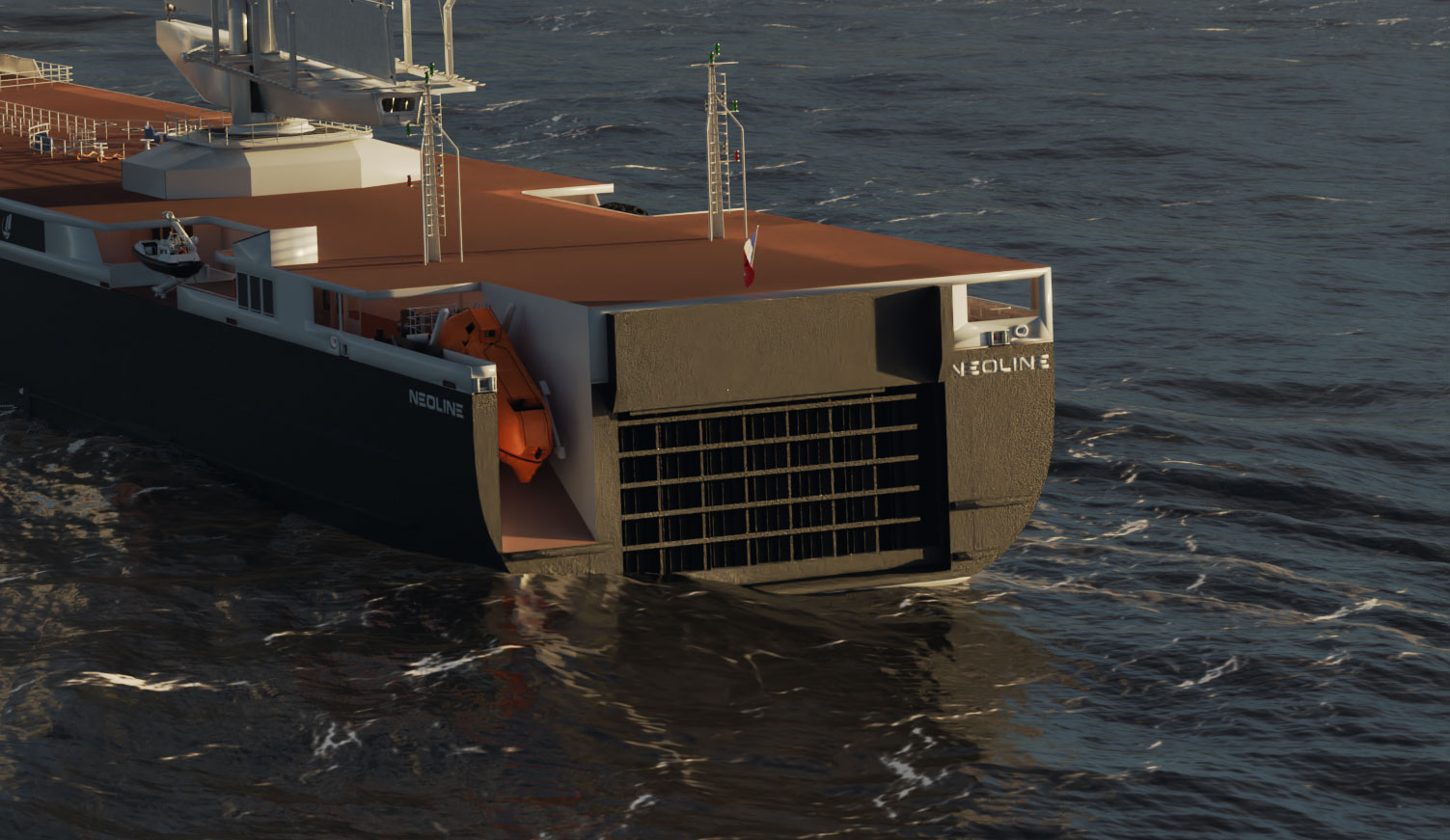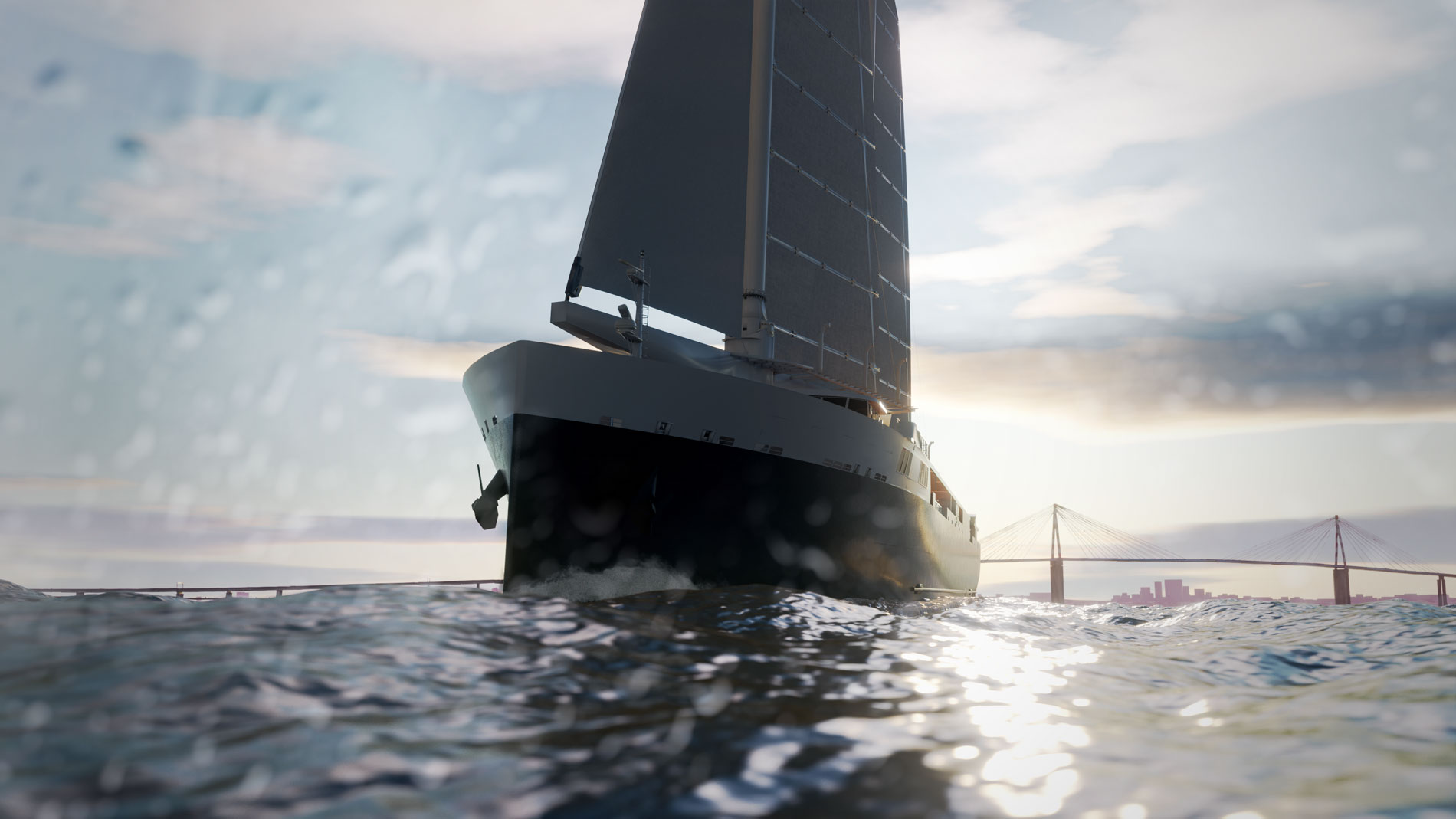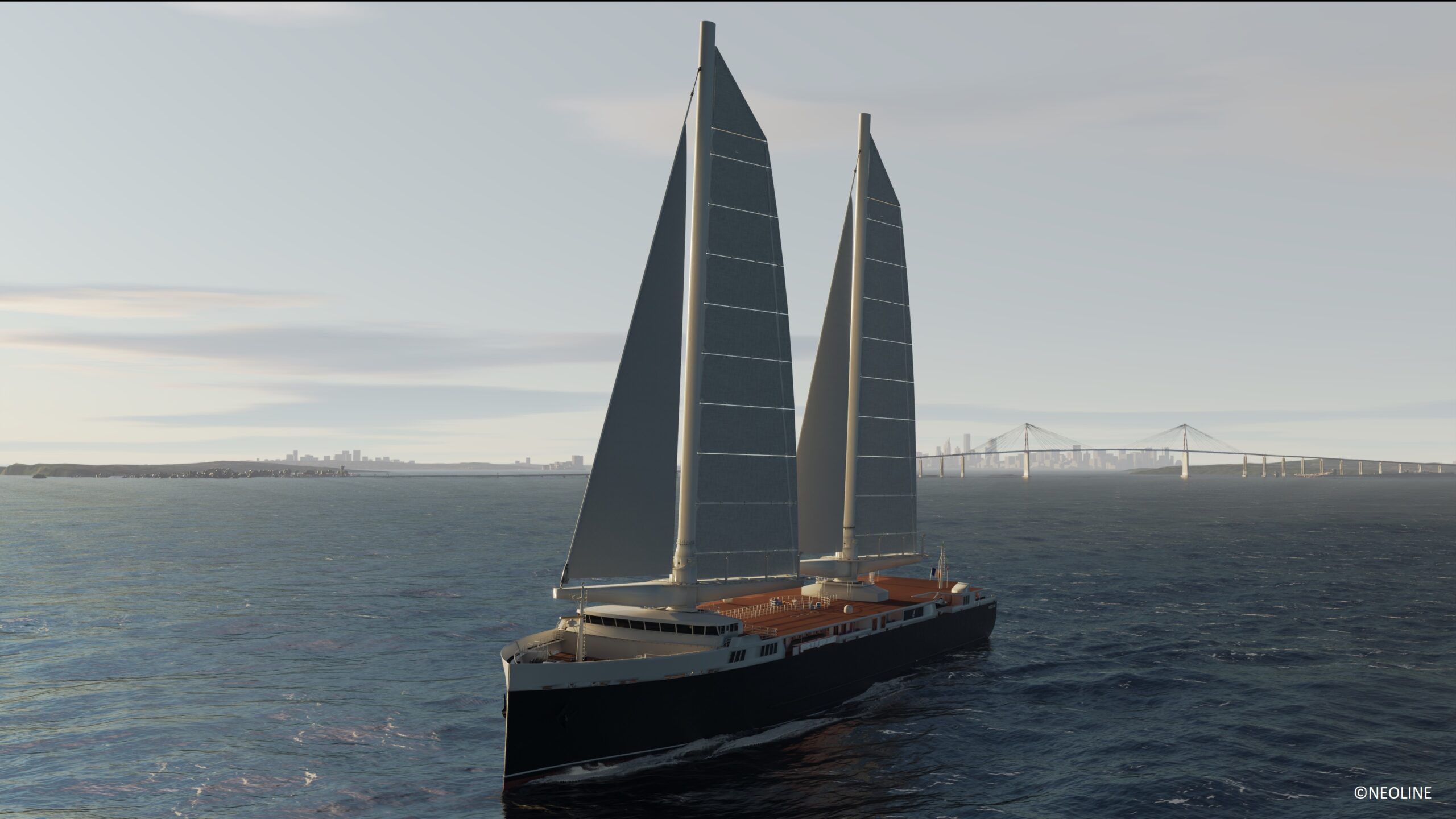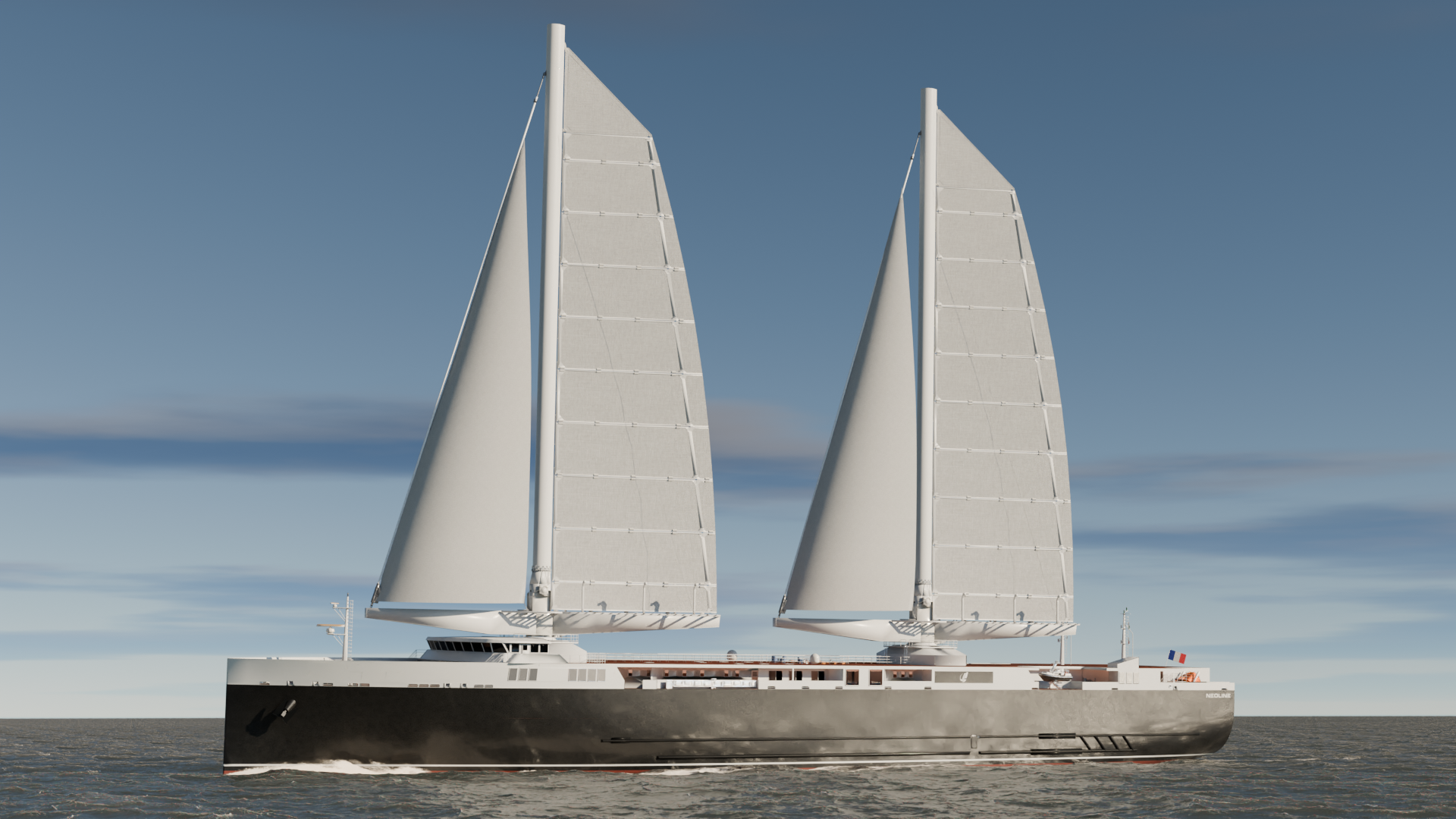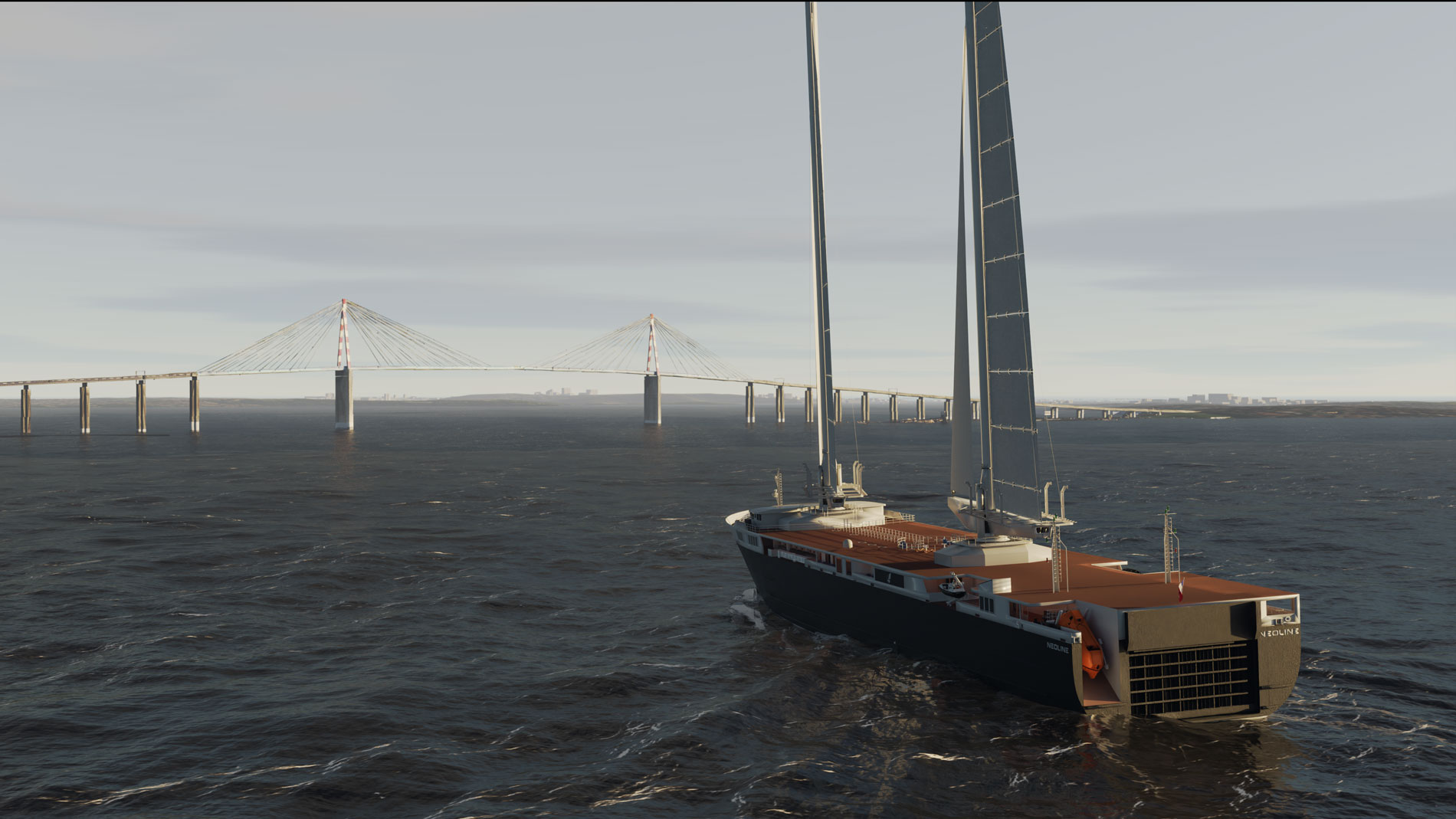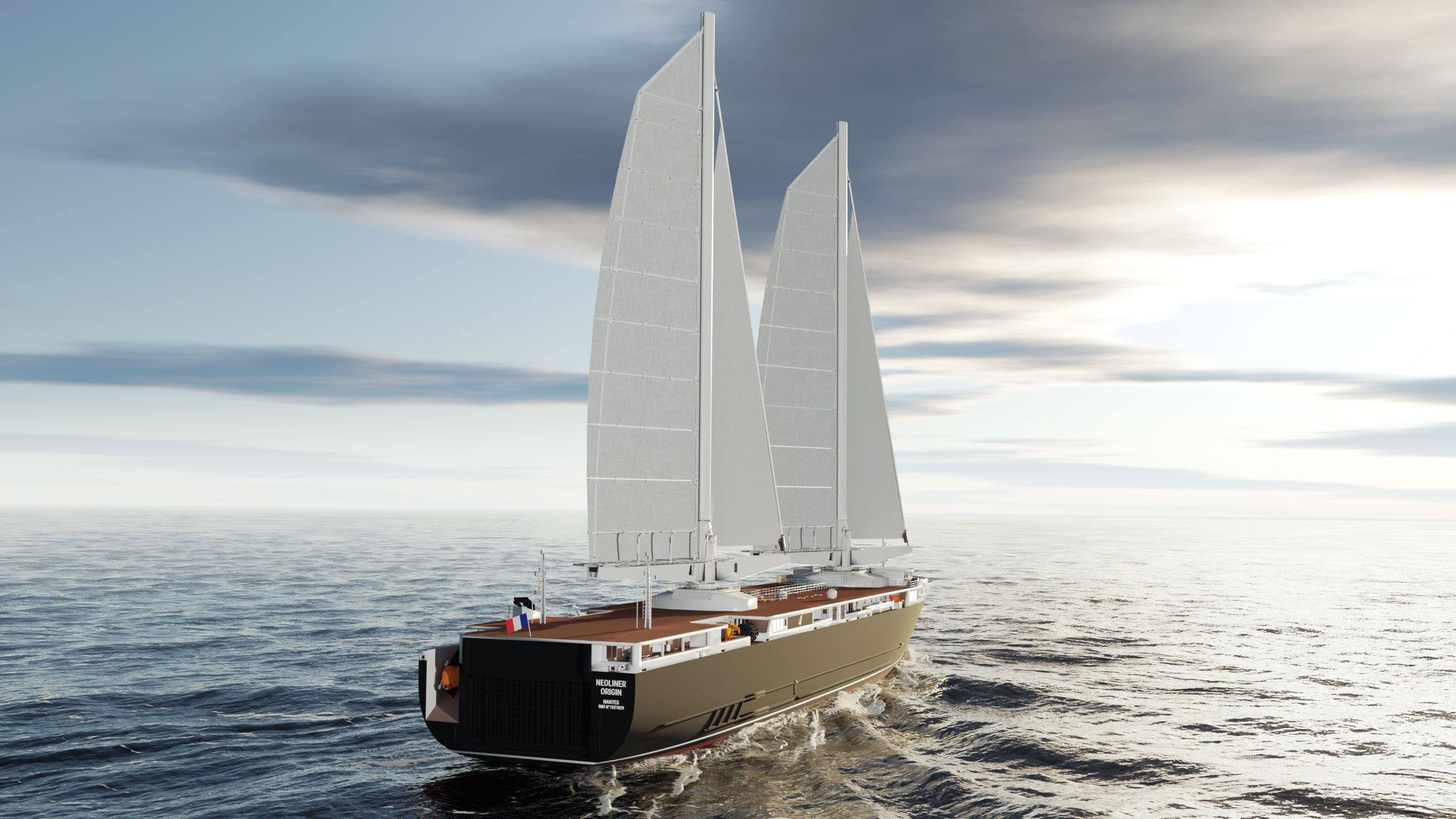
Background and challenges
In a highly competitive global trading market, and in the face of accelerating environmental and regulatory requirements, maritime transport must undertake an unprecedented effort
to adapt its operating methods.
Maritime transport – which accounts for
rounded to 3% of GHG emissions – is particularly concerned by the reduction of pollutant and greenhouse gas emissions, especially as the fuels used today are highly polluting, notably due to their sulfur dioxide (SOX) content
.
Faced with this challenge, the International Maritime Organization (IMO) has set itself the goal of reducing greenhouse gas (GHG) emissions from the shipping sector to zero by
2050. To this end, it has introduced increasingly stringent limitations, notably via its EEDI (= effective 2013) and CII (effective 2023) indicators.
At European level too, new standards are emerging, such as the integration of the maritime sector into the ETS system (carbon credit) and the implementation of FuelEUMaritime.
